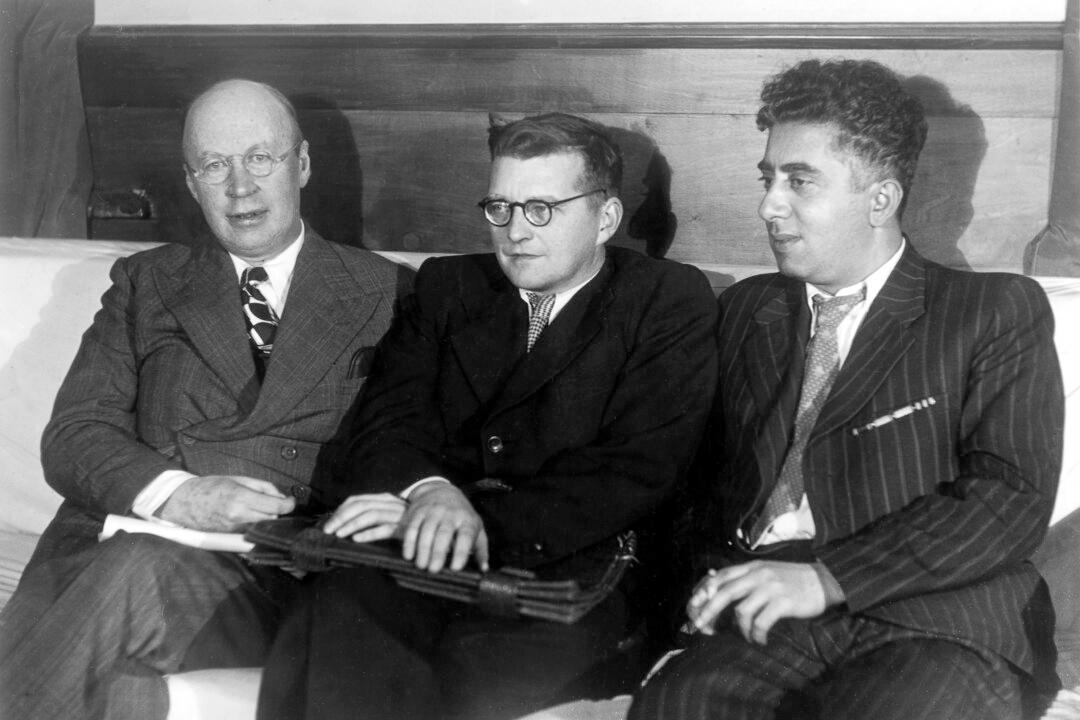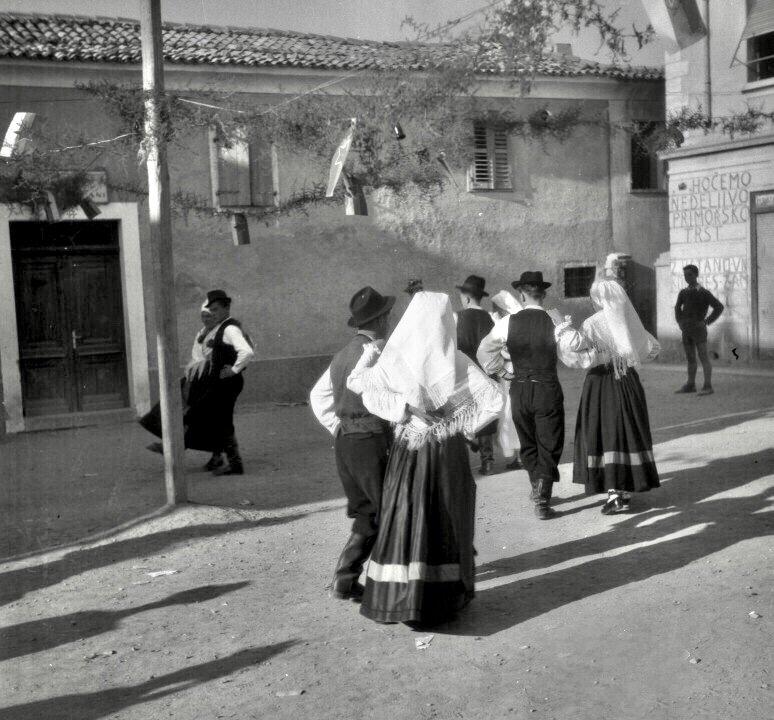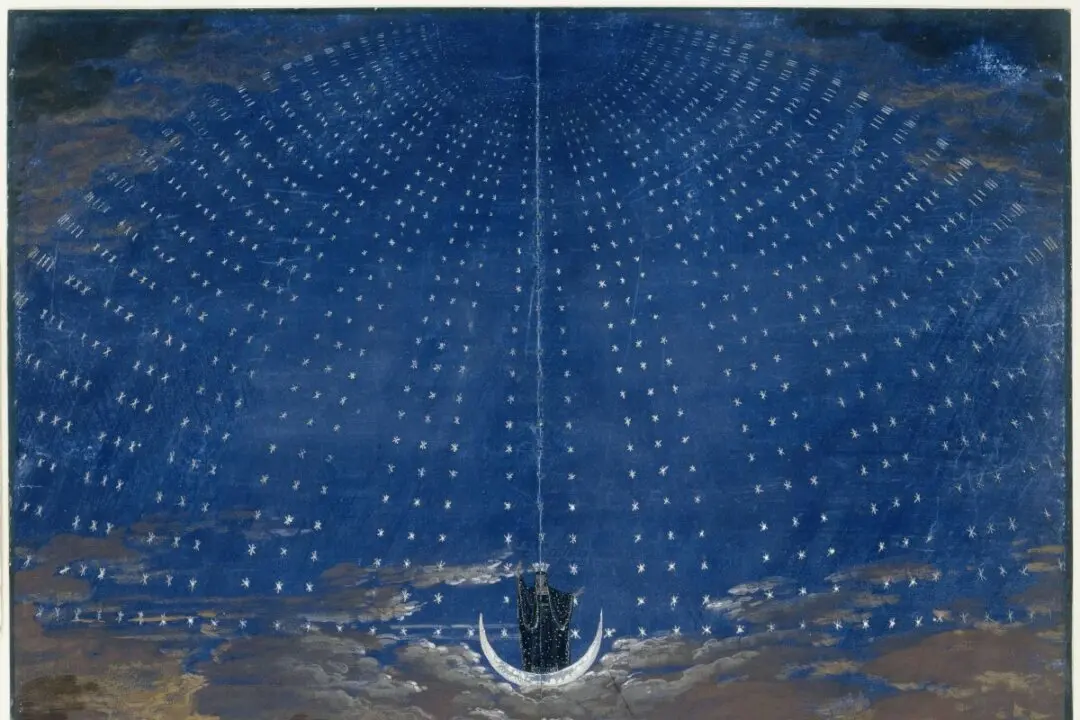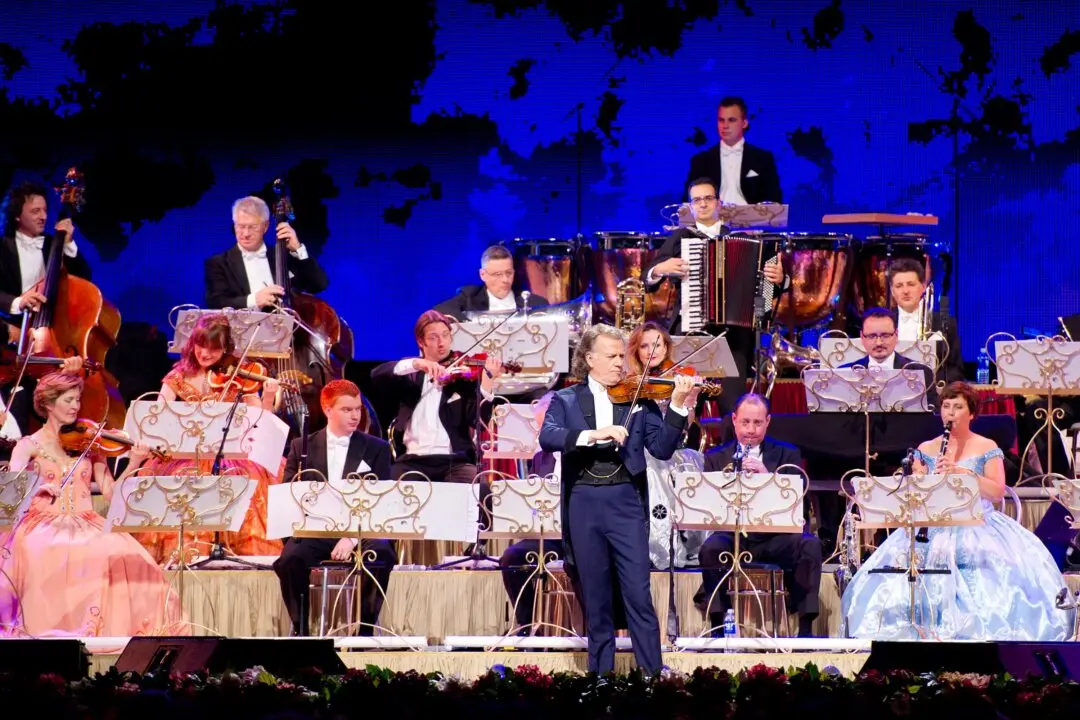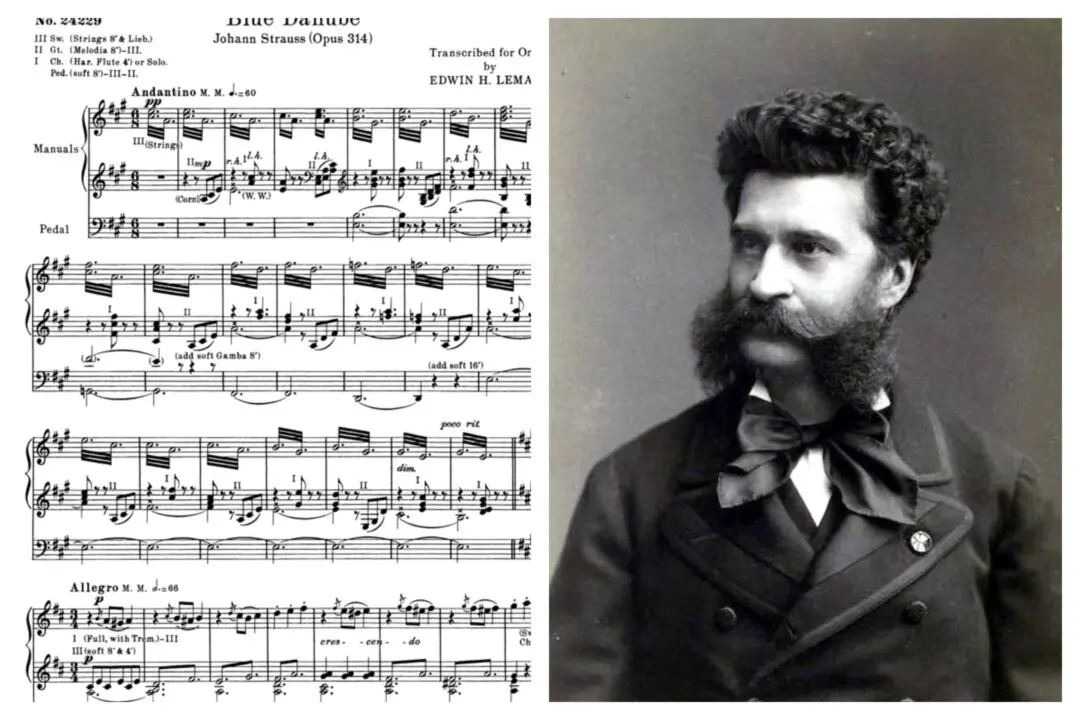On Jan. 28, 1936, Soviet composer Dmitri Shostakovich picked up a copy of the newspaper Pravda and found that he had been labeled anathema to the USSR.
Shostakovich’s 1934 opera, “Lady Macbeth of the Mtsensk District,” was “cacophonous” and “an insult to Soviet women,” Pravda claimed. His ballet of the same year, “The Limpid Stream,” was “infected with cynicism.” If Comrade Shostakovich did not change his ways, the article concluded, “things could end badly.”

